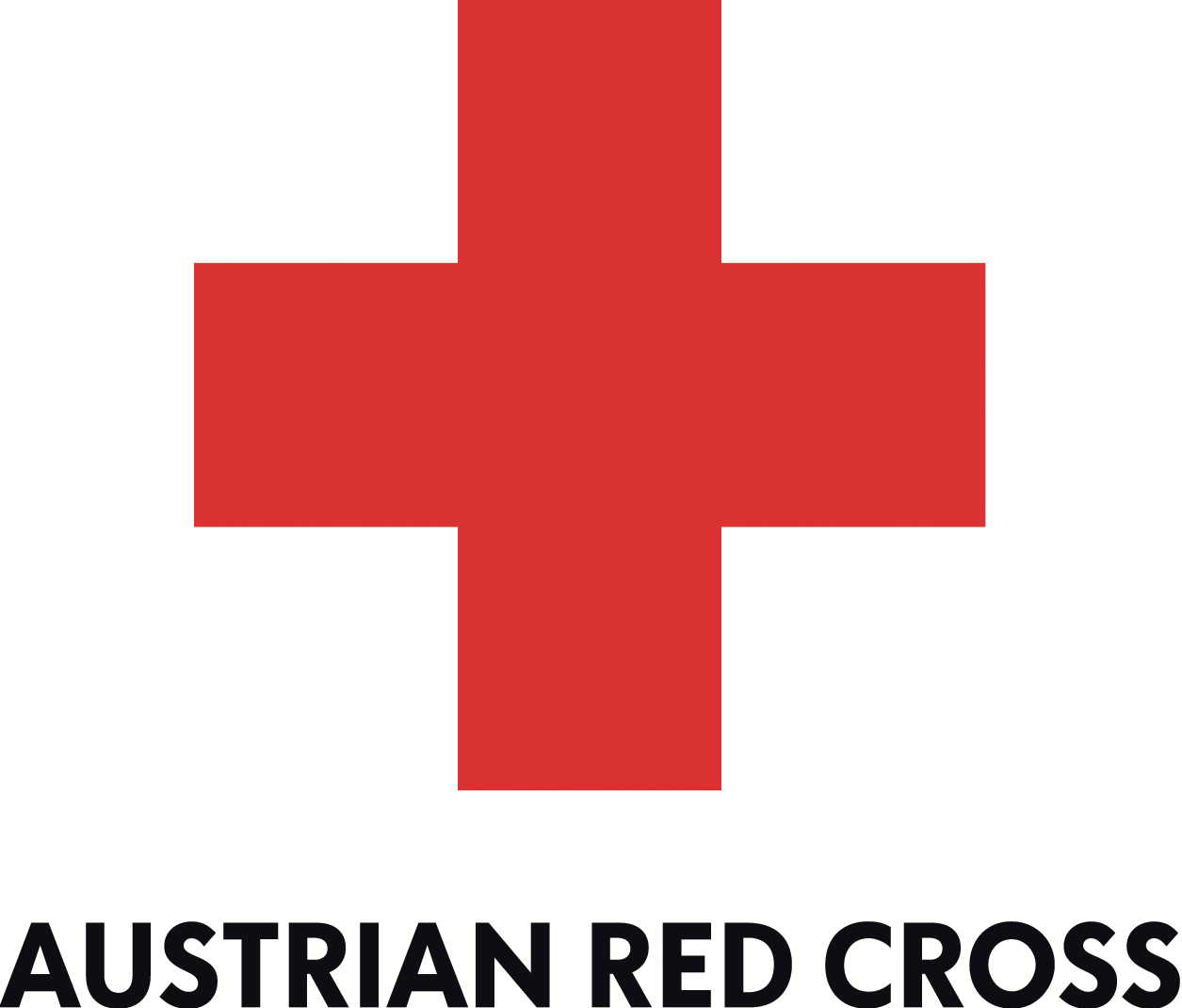Providing long-term treatment is a challenge when the patients are migrants on the move. A model of treatment tested in southern Africa shows how patients’ mobility can be integrated into health services.Providing assistance to mobile populations has long been a challenge for healthcare providers and humanitarian organisations. The challenge is even greater when these populations need long-term chronic care for diseases such as tuberculosis or HIV, which require adherence to treatment and regular follow-up. In an article for Refugee Survey Quarterly (Oxford Journals), humanitarian specialist on displacement Aurélie Ponthieu and medical coordinator Andrea Incerti (both Médecins Sans Frontières) examine the implications of displacement on medical care, when human movement is a major obstacle to ensuring compliance with treatment regimens. They argue that patients’ mobility can be integrated into health service provision through cross-border and regional referral systems, and examine how aid agencies can successfully work with other stakeholders, considering the impact of immigration policies, discrimination in health facilities, and xenophobia on the health of migrants in need of long term care. They ask what the correct balance is to deal with a medical crisis in a highly politicised environment. The experience of Médecins Sans Frontières in Southern Africa is an illustration of this dilemma. MSF’s work with people on the move in the Southern African region demonstrates that in spite of challenges, it is possible to significantly improve HIV/TB treatment access, adherence, and retention for mobile populations. This points to the importance of integrating patients’ mobility into healthcare services, which can be achieved through tailored models of care and the strengthening of referral systems. These reduce defaulting patients, as well as increase access to care. The authors argue that it is important to create cross-border and regional referral systems. Common tools, such as the “health passport” and mobility-sensitive counselling sessions, have to be adopted at all levels and used in all health facilities in the region. Prevention strategies should also be adapted to mitigate the risk of new infections in mobile populations.
Read the full article: Refugee Survey Quarterly(2016) 35 (2): 98-115; doi: 10.1093/rsq/hdw006
First published online: April 27, 2016; (http://rsq.oxfordjournals.org/content/35/2/98.full.pdf+html?sid=f2e75344-6e18-4575-8114-a01601450775).


















